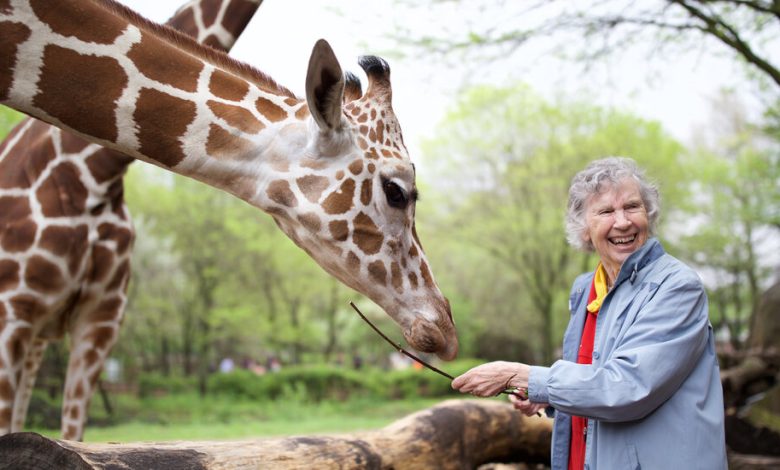Anne Innis Dagg, Who Studied Giraffes in the Wild, Dies at 91

Anne Innis Dagg, who broke ground in the 1950s as one of the world’s first biologists to study giraffes in the wild, then spent decades fighting sexism in Canadian universities before finally finding long-overdue acclaim in the 2010s, died on April 1 in Kitchener, Ontario, west of Toronto. She was 91.
Alison Reid, who documented Dr. Dagg’s life in the 2018 film “The Woman Who Loves Giraffes,” said the cause of her death, in a hospital, was pneumonia.
Dr. Dagg was often called “the Jane Goodall of giraffes,” but in a different world the attribution might have been reversed. Dr. Dagg traveled to Africa in 1956, four years before Dr. Goodall did her first fieldwork with primates; in fact, she is believed to have been the first Western scientist to study African animals of any type in the wild.
At the time, very little was known about the behavior of giraffes, especially outside zoos. Dr. Dagg spent more than nine months in the South African bush, observing for 10 hours a day from her beat-up Ford Prefect how the animals ate, mated, fought and played.
The results, which she presented first in a 1958 paper for the Zoological Society of London and later in a 1976 book, “The Giraffe: Its Biology, Behavior, and Ecology,” established her as the world’s leading expert on the gawky-legged, mottled Giraffa camelopardalis.
That recognition was not enough to overcome entrenched sexism within the academic world. She had a promising job as an assistant professor at the University of Guelph, in Ontario, and she had published significantly more peer-reviewed articles than some of her male colleagues. But her department chairman told her in 1971 that she was unlikely to reach tenure.
